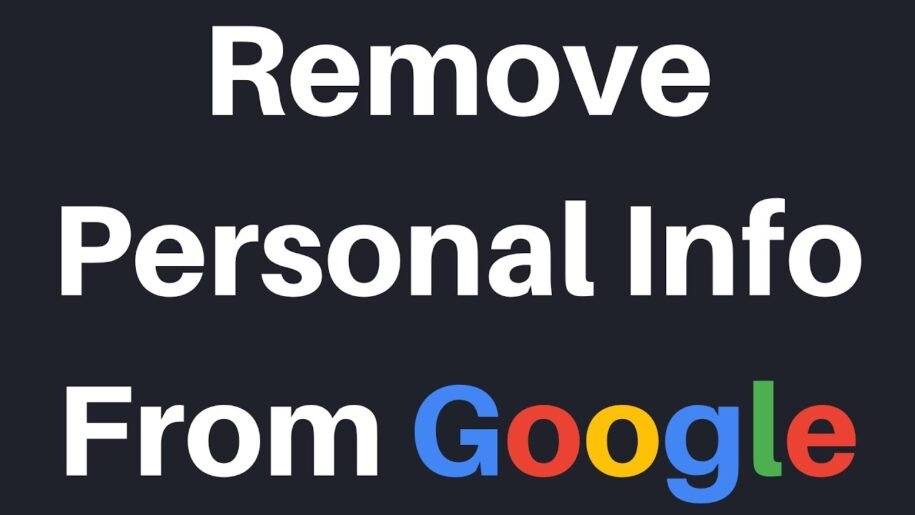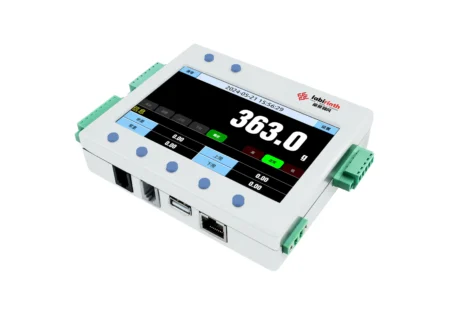In today’s digital age, personal information is scattered across countless websites, databases, and social media platforms. This can leave you vulnerable to identity theft, online harassment, or having your data used without your consent. If you’re concerned about your online privacy, it’s essential to take steps to remove your personal information from the internet. This guide will walk you through five simple steps to protect your digital identity. For more specialized help, My Data Removal offers expert services to help you delete personal information and safeguard your online privacy.
Why Removing Your Personal Information Matters
Every time you browse the internet, sign up for services, or share content on social media, you leave behind digital traces. Over time, these traces can accumulate into a detailed profile about you, which can be exploited by data brokers, hackers, or third-party companies. Removing your personal information from the web reduces your exposure to these risks and helps you maintain control over your data.
Let’s dive into the five simple steps to delete your personal information from the internet.
Step 1: Identify Where Your Personal Information Exists
The first step is to discover where your personal information is available online. This includes:
- Social Media Platforms – Facebook, Instagram, LinkedIn, and Twitter often contain sensitive personal details.
- Data Broker Sites – Websites like Spokeo, Whitepages, and BeenVerified collect and sell personal information.
- Public Records – Personal information might be listed in government databases, such as voter registration records or property ownership documents.
How to Start
- Search your full name, phone number, and email address on Google to see what comes up.
- Make a list of websites displaying your information so you can begin the removal process.
Step 2: Remove Personal Information from Data Broker Sites
Data broker websites collect and sell personal data, including your name, address, phone number, and even financial history. Removing your information from these sites is crucial for protecting your privacy.
How to Remove Your Information
- Visit the data broker’s website and find their opt-out process (usually in their privacy policy).
- Follow the instructions to request the removal of your data. Some websites require you to verify your identity.
- Consider using automated services or professional help to speed up the process if multiple sites have your information.
Step 3: Clean Up Your Social Media Accounts
Social media is one of the most significant sources of personal information on the internet. To reduce your online footprint:
Steps to Take
- Delete or Update Old Posts: Remove any content that contains personal details, such as your address, phone number, or financial information.
- Review Privacy Settings: Adjust your privacy settings to limit who can see your content and personal information.
- Deactivate or Delete Inactive Accounts: If you no longer use certain platforms, it’s best to deactivate or delete your accounts entirely.
Step 4: Contact Website Owners
Sometimes, your information appears on websites you don’t control, such as blogs, news articles, or forums. In these cases, you’ll need to contact the website owner to request its removal.
How to Request Removal
- Look for the website’s contact information or use their “Contact Us” form.
- Politely request that they remove your personal information.
- Be specific about what information you want removed and provide the URL where it appears.
Keep in mind that not all website owners will honor your request, especially if the information is part of a public record or news story.
Step 5: Monitor and Maintain Your Online Presence
Deleting your personal information from the internet is not a one-time task. New data can appear over time, so it’s essential to monitor your online presence regularly.
How to Stay Vigilant
- Set Up Google Alerts: Receive notifications when your name or personal information appears online.
- Use Monitoring Tools: Consider using online reputation management tools to track your digital footprint.
- Perform Regular Audits: Every few months, search for your name and personal details to see what’s new and take action as needed.
Conclusion
Deleting your personal information from the internet may seem overwhelming at first, but breaking it down into these five simple steps makes it manageable. By identifying where your information exists, removing it from data broker sites, cleaning up your social media accounts, contacting website owners, and monitoring your online presence, you can take control of your digital identity.
If you need help navigating this process, My Data Removal offers reliable services to help you remove personal information quickly and effectively. Taking these proactive steps will give you peace of mind and greater control over your online privacy.









